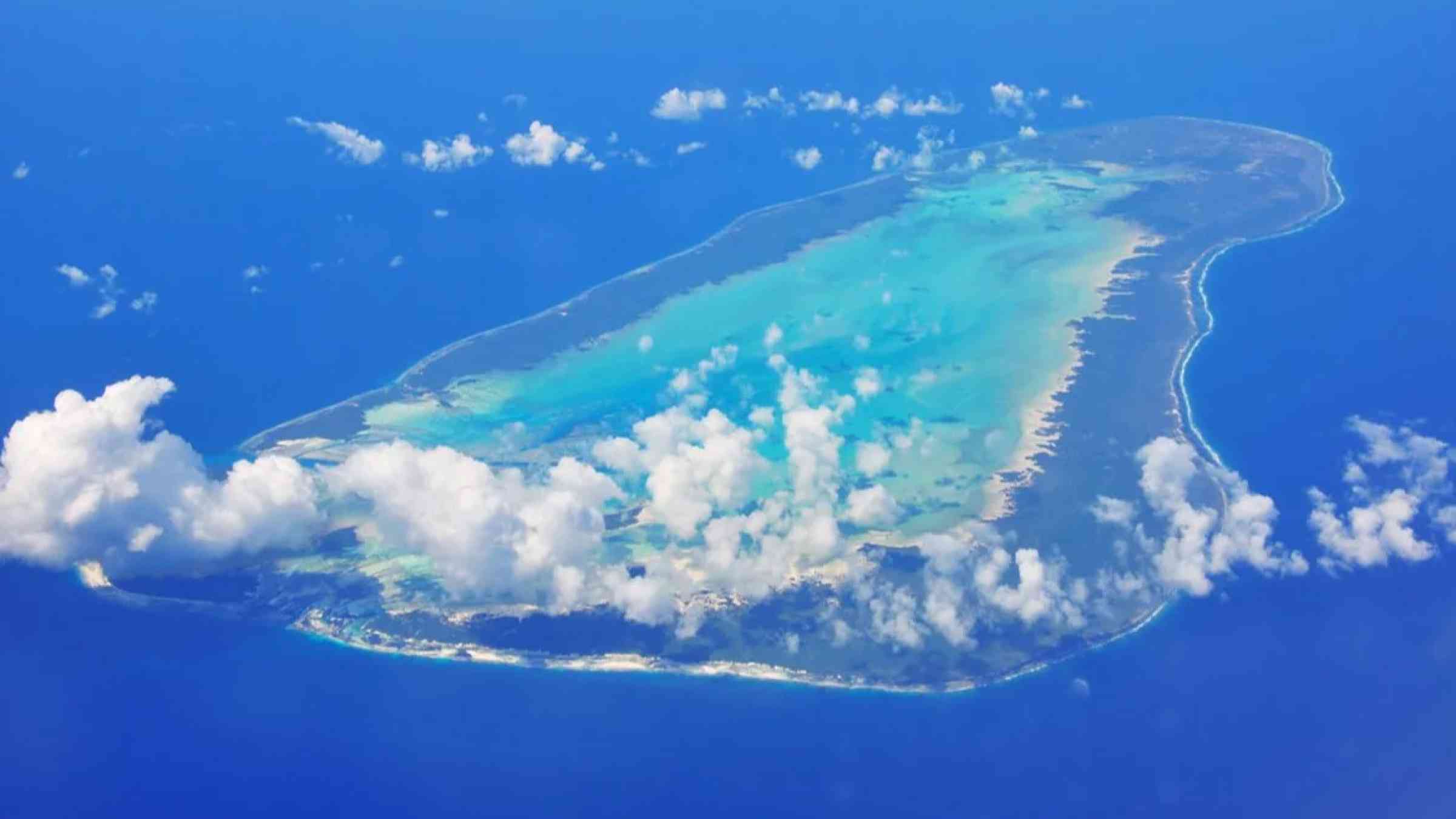Coastal models quantify how natural islands respond to sea level rise

Coral atoll islands are particularly vulnerable to sea level rise and climate change. In rural islands where active coastal sediments processes are occurring, wave-driven sediment deposition can raise islands' crest on their oceanward side.
Roelvink et al. [2025] show that coastal morphodynamic models are now able to provide quantitative insight into these phenomena. Specifically, they show that in the natural islands of Fiyoaree (Maldives), the sediment accumulation on the island crests can mitigate the projected increase of overwash during extreme wave events by a factor of three. Their modeling framework also confirms the benefits of adaptation measures aiming at protecting corals, particularly in reducing incoming wave energy. As climate is warming due to anthropogenic greenhouse gas emissions, increasing sea surface temperatures are causing widespread bleaching and mortality of corals, raising the urgent question of limits to coral adaptation, even at 2 degrees Celsius of global warming.
Hence, the study opens the way for future research exploring these limits in a quantitative manner, while also reminding us about the urgency of mitigating climate change to avoid irreversible losses and damages.